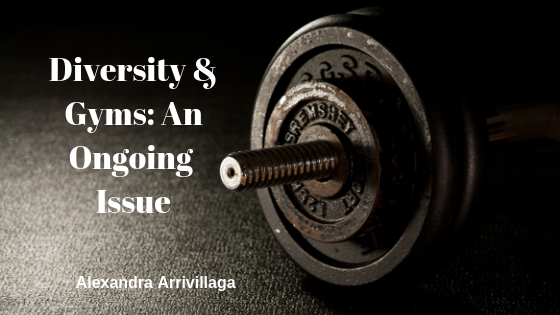Fitness has become a part of my life. I enjoy outdoor activities and going to the gym. However, going to the gym is somewhat awkward. It’s not due to using a new machine or asking for advice from one of the gym’s trainers. The issue is that there is no diversity. It’s an issue not only in my gym but in gyms across the nation. For many, a gym membership, even to a small gym, is too costly. If we want our country to become healthier, gym memberships should become more affordable. According to Forbes, a typical gym membership costs between $40 to $50 dollars a month, not including initial fees and other costs. There are gyms that are affordable, but many are in places that do not have direct transportation to them.
This issue has been documented and proven by many, such as Temi Lasade-Anderson. She noted not only the lack of diversity but also the lack of African-American women in gyms. Aside from dealing with body issues from the media, diversity is keeping those who want to work out and get healthy out of certain gyms. It’s not just members who have noticed this problem. Ilya Parker, a medical exercise coach, has experienced the issue firsthand as a nonbinary transmasculine person of color. He offers some ways to get gyms to offer inclusive spaces, such as using gender-neutral terminology and creating an environment of accountability. It seems that diversity and inclusivity are intertwined.
There are new apps (e.g. Sworkit) that offer health and fitness programs, but they aren’t truly addressing the issue. Many do not want to use the apps because they will do better by going to the gym. There is a sense of accountability when physically going to a gym and completing a workout. In addition to apps, there is fitness equipment connected to the internet to provide live and on-demand classes (e.g. Peloton). They are very expensive, not to mention many do not have the space for them in their homes. Unfortunately, this is an issue that won’t be solved overnight. As with many social causes, there will need to be a nation-wide effort to help gyms understand the gravity of the problem and to create a solution. The good news is this problem is gaining attention and there are some gyms that have tackled it. I am hopeful that more gyms will become diversified in the near future.

